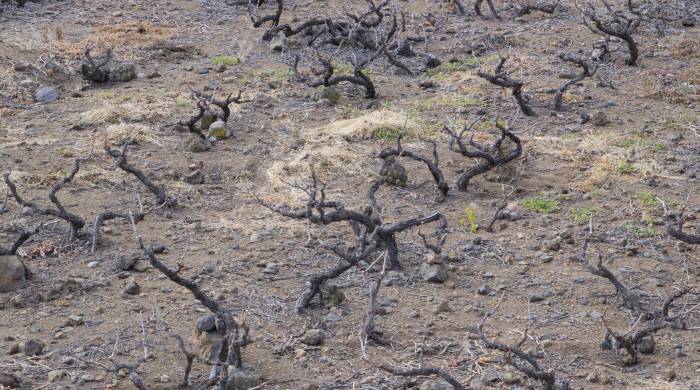300 million in LATAM do not have access to clean sewage and water.
- By : James Bryson
- Category : Energy/Infrastructure, Infrastructure

I hope this includes the group of people living in RFB………..
In the Latin American and Caribbean region, 17 million people, 3% of the population, have limited basic access to water or consume it from unsuitable sources, while more than 160 million lack access to safe water, data that is They frame Water Day, which this year has the motto ‘Water for Peace’.
According to data from CAF, Development Bank of Latin America, of a population in the region of almost 650 million people spread across 33 countries, more than 430 million do not have access to safe sanitation, rights included in the list of Development Goals. Sustainable Development Goals (SDG) 2015-2030 of the United Nations.
Likewise, 300 million people in cities do not have sewage systems and more than ten million defecate in the open, which poses a very high and serious risk to people’s health and safety.
Although Latin America has 31 percent of freshwater sources and there has been progress in the provision of water supply services, a gap remains between the supply of safely managed water in rural areas (53 %) compared to urban areas (81%), according to data from the Joint Program of the World Health Organization (WHO), Unicef and the Economic Commission for Latin America and the Caribbean (ECLAC), agencies dependent on the United Nations.
Climate change and the influence of the El Niño meteorological phenomenon have caused an increase in water stress in the region, with more persistent droughts, such as the one that has affected southern Latin America for approximately four years, in Argentina, Paraguay and Uruguay, where Thousands of hectares of soybean or corn crops have not progressed.
The same thing is happening in almost all of Central America, with serious economic consequences and which is causing the migration of hundreds of thousands of people from the entire region to the global north, creating social and political conflicts with countries like Mexico and the United States upon their arrival.
According to data from the World Bank, after the pandemic, the Latin American and Caribbean region has grown the least since 2020, a decrease in growth influenced by climate change, whose impacts represent 1.7 points of the Gross Domestic Product in the region ( GDP) annual.
The impact of climate change and water stress in the region has also affected the Panama Canal, where the flow of water has been reduced so much that it does not accumulate enough to reach the levels to fill the locks for the passage of freight ships passing through the infrastructure.



No Comments